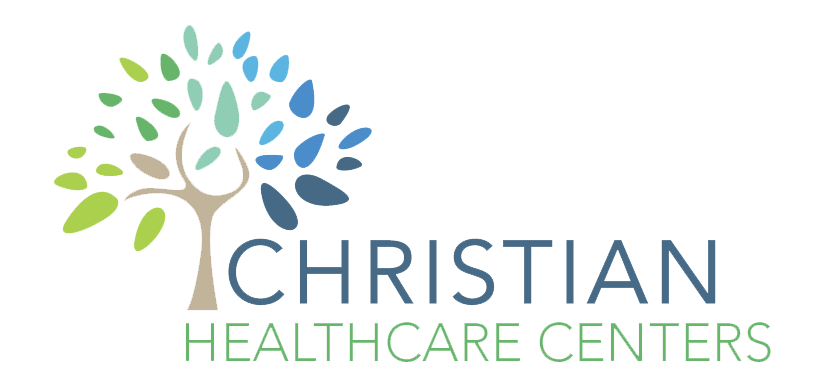The opioid crisis is in full swing. Every day, 115 Americans die of an overdose, and the economic burden costs Americans $78.5 billion every year in areas like lost productivity, healthcare, and criminal justice involvement.
When used as intended, opioids prove very helpful in pain relief. Pharmaceutical companies of the 1990’s reassured consumers they wouldn’t become addicted, and prescriptions increased. Unfortunately, people did and still do become addicted. Knowledge is power, and there are four things you didn’t know about the opioid crisis.
1. Tracking Technology
Tracking prescriptions can be difficult. Because of this, it can be easy for someone to take a few pills out of someone else’s bottle for misuse. However, technology has been developed to track medications. Through its use, you can keep track of how medications are being used.
2. Not Just a City Problem
Do you live in the country or in a small town and think you’re safe from the opioid crisis? Think again. Rural areas are now featuring some of the highest rates of abuse in the country. Sometimes, the most significant risk factor is a feeling of false security. No matter where you live, be alert to the potential for abuse. Be sure to keep up on mental health issues or physical health issues, and address them, before you’re tempted to find relief elsewhere.
3. Large Increase in Abuse by Women
Men are more likely to die of a painkiller overdose. It’s easy to see how people could overlook the signs of abuse in a female due to this fact. However, what you probably didn’t realize is that use in women is on the rise. Recent statistics revealed that, while an increase in deaths from overdose in men was 265%, female deaths rose by a shocking 400%.
4. Know What to Look For
Many people are unaware of the signs that someone is abusing opioids. This is unfortunate. An ounce of prevention is worth a pound of cure. By recognizing warning signs, you can stop problems in their tracks. A few signs to be on the lookout for include:
- Drowsiness
- Poor coordination
- Change in sleeping patterns
- Mood swings
- Anxiety attacks
Knowledge is Key
It may seem like there’s not much you can do with such alarming statistics. However, it all starts with the individual. Education is the key to better understanding the nature of addiction and staying safe. Now that you understand these four concepts, you’re better prepared to face the crisis adequately armed and recognize when someone might need recovery and rehab.
References & Resources:
https://www.drugabuse.gov/drugs-abuse/opioids/opioid-overdose-crisis
https://www.fda.gov/newsevents/newsroom/pressannouncements/ucm584933.htm
https://www.recoveryresourcegroup.com/


